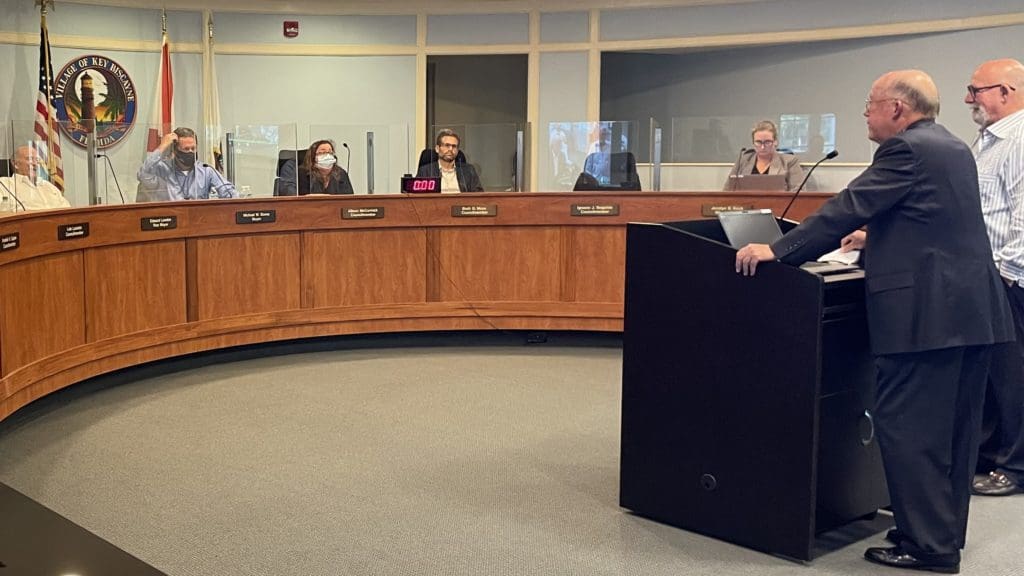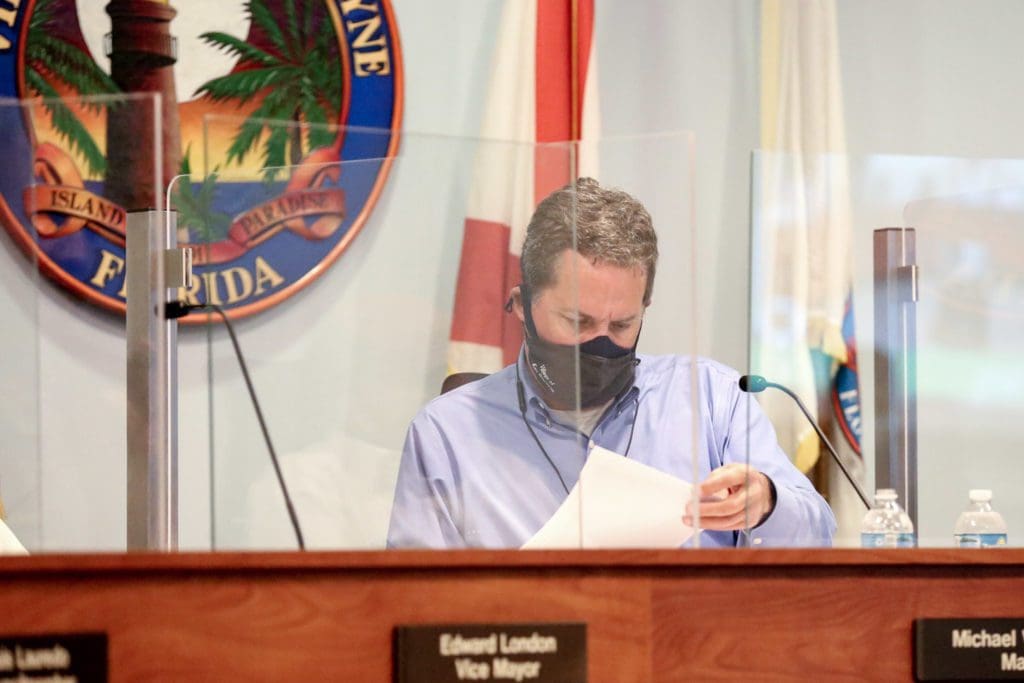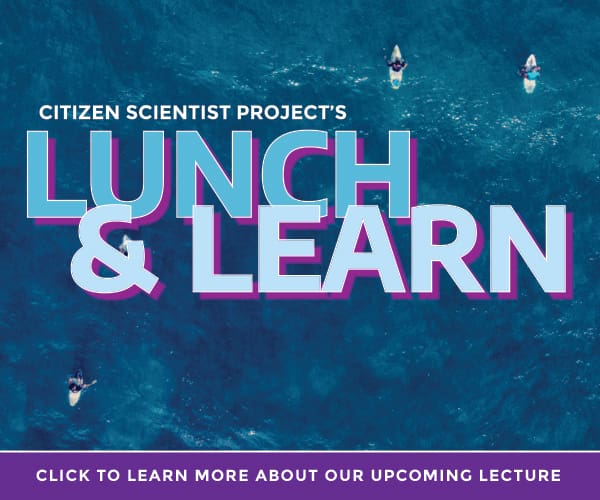NEWS ANALYSIS
The fate of the Rickenbacker Causeway on Thursday appeared as opaque as the dense thunderheads that often build over Biscayne Bay, with the Village Council telling the County it didn’t like a plan to privatize most of the six-mile roadway, and the County mayor saying she is keeping all her options open.
The question is, will the storm clouds blow over, or will a project that is now part of Mayor Daniella Levine Cava’s legacy be dramatically scaled back or stalled?
And there is an equally hard question for the Village of Key Biscayne: will this be yet another battleground like the Ultra Music Festival or the Miami Boat Show, fights that have led to wariness from politicians representing other, less affluent communities. Only two of the 13 County commissioners agreed to be interviewed for this article. And the City of Miami, a huge stakeholder, has also been cryptically and uncharacteristically silent.
After all, Virginia Key and the Causeway are not owned by Key Biscayne. Key Biscayne residents don’t pay anything close to what others pay in tolls ($24 a year vs. $2.25 a trip). And frequent usage of expressions like “it’s our driveway” can come off as elitist to other County ears. The retort is easy, and in the case of Commissioner Joe Martinez, it rolled out easily this summer: let them pay for it.
Levine Cava chose a risky path, deciding to embrace the overall concept behind a controversial cyclist-friendly plan known as “Plan Z.” She did not invent the secret “unsolicited proposal” process enshrined in Florida law, but she did take a gamble that dangling a much larger project than a less-expensive set of bridge overhauls would allow for an innovative linear park. It would be, in the words of the RFP, an “iconic” engineering achievement, a crown jewel of a park/roadway carrying millions to some of Florida’s most popular beaches.
Former members of the Gimenez administration are deeply involved in the Plan Z process, so there is the appearance that “staff” is steering the ship, with no direct input from Key Biscayne in shaping the essential elements. Also allied to Plan Z are members of the Matheson family, but the RFP is silent as to any change in Crandon Park that they control any major changes to. At a town hall last week, one County official displayed what seemed to be paternalistic irritation that the Village was aware of an engineering report about the aging Bear Cut bridge, as if that piece of information was too secret to tell residents about. And Mayor Mike Davey, who couldn’t rally the Council to his Rickenbacker plan in 2019, found out about the unsolicited proposal when he was on vacation in Africa.
But despite those steps, or missteps — it’s hard to tell — Key Biscayne is taking a risk, too. Tick off a giant, and he may just do business with other, less picky partners. Even the resolution asking the County to scrap the RFP process called for a “collaborative” approach with the County.
But what does that mean? No one was hazarding guesses, including the Village Manager, Steve Williamson, a former Army Corps of Engineers colonel. His approach — to work within the system for design changes — fell victim to anger and mistrust of the secret process, even as the Village was scoring quiet wins, such as getting a vote on the County’s review committee. It only took three months for the cooperation plan to succumb to a barrage of tough and unanswerable questions.
Thursday’s Council meeting saw the unusual pairing of leaders of several opposing factions acting in unity. Eugene Stearns, a prominent attorney and incorporation leader, and Fausto Gomez, a former lobbyist who is now head of the Condominium President’s Council, both appeared at the dais. They shared six minutes of public comment time, a move that was recognized by Mayor Davey, who called on them first.


It was a sight that a former council member, Luis de la Cruz, found shocking. The condo group’s members have sought to upend existing power structures on the island, sometimes playing wedge politics, framing issues as condos versus single family homes. Members of the Stearns family have intervened in a battle involving the Key Biscayne Community Foundation, which has been the target of some of the condo council’s members.
But is that unity real? It’s not at all clear. Memories are long and forgiveness is not a word often heard in Key Biscayne, or in politics generally.
What does Key Biscayne want? The residents have made that plain. No more hour-long traffic backups from events, a way to tame packs of cyclists who commandeer all lanes of the Causeway roadway, and a plan to accommodate the traffic impact of what everyone believes is the City of Miami’s desire to commercialize Virginia Key. Resilience matters, but an enhanced linear park is problematic if it leads to more congestion. It has the earmarks of being another local wedge issue as soon as the Thursday’s truce expires.
The privatization process, called a “P3,” has become popular worldwide because it can sometimes lead to faster major construction projects, even if net costs to a community are higher because investors demand a profit, Levine Cava acknowledged. It offers the government another path to capital and a shortcut to bureaucratic process and oversight in the case of current RFP, which would turn design, build, operations, and maintenance over to consortium — either the Zyscovich consortium, or another bidder in a competition. But this variety of P3 process tends to favor the initial secret proposer, if only because it has head start. That’s the way the law was designed — to incentivize the private sector.
All of this leaves Commissioner Raquel Regalado in a tough spot. She coordinated the town hall meeting last week that led to boos and heckling, and defended county staff from pointed questions and sneers from several in the large crowd. She has been attempting to fix the RFP process, but the Council left her no way to negotiate. Neither did Commission Chair Jose “Pepe” Diaz, who balked at making more changes, even though he signed off on Commissioner Sally Heyman’s demand to remove the Venetian Causeway from the project. Regalado said she will ask Heyman to defer the upcoming Oct. 5 vote on the Venetian deletion. Diaz worried aloud that scrapping the RFP would chill future P3 investors, a pool cash-strapped cities want to court.
Will Regalado have another go at compromise? A new confidential-style P3 is blocked until the Florida Legislature re-authorizes the unsolicited proposal law, which might not happen until next summer or later, and the traditional funding route would likely require a politically risky public vote for countywide bonds. On the island, will opponents of the $100 million resiliency bond, an issue that roiled Village elections last November, now become big bond boosters?
Regalado, who just delivered on a promise to replace the island’s 40-year-old library, also has shown that she can play hardball. She told the Council not to mess with her plan, or she would find another part of her District 7 that wanted library funds.
They listened to her.
Local News Needs YOUR support. Consider an investment today.
Tony Winton is the editor-in-chief of the Key Biscayne Independent and president of Miami Fourth Estate, Inc. He worked previously at The Associated Press for three decades winning multiple Edward R. Murrow awards. He was president of the News Media Guild, a journalism union, for 10 years. Born in Chicago, he is a graduate of Columbia University. His interests are photography and technology, sailing, cooking, and science fiction.



